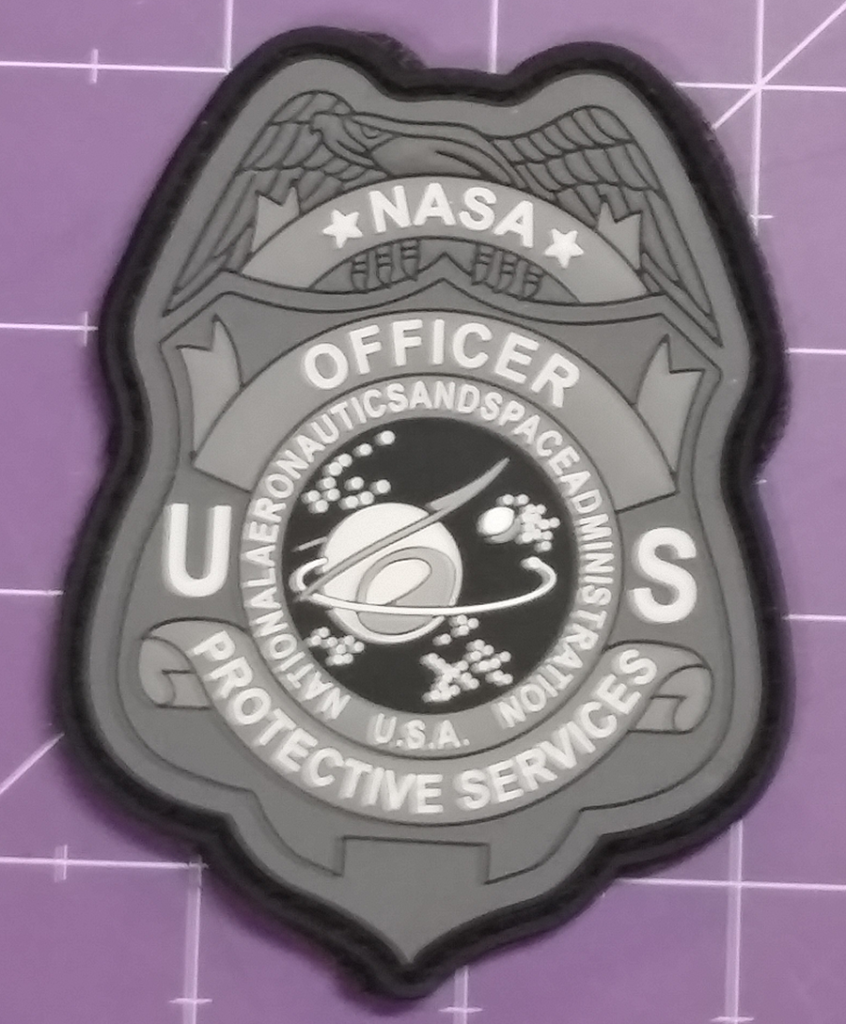Police patches have a long and varied history, dating back to the early days of law enforcement in the United States. The use of badges and patches to identify police officers began in the mid-19th century, as the need for formalized law enforcement grew in the rapidly expanding cities of the Industrial Revolution.

Early police patches were often simple, featuring only the name of the department and the officer’s rank. However, as the use of patches became more widespread, departments began to adopt more elaborate designs that reflected their local culture, history, and values. Some departments even created unique patches for special units, such as SWAT teams or K9 units.
The practice of collecting police patches began in the early 20th century, as officers began to exchange patches with their colleagues from other departments. These early collectors often stored their patches in scrapbooks or albums, and the practice of collecting police patches quickly spread throughout the law enforcement community.
In the 1930s and 1940s, the popularity of collecting police patches grew rapidly, as collectors began to trade and sell patches at police conventions and other events. By the 1950s, police patch collecting had become a popular hobby, and specialized publications and collector organizations began to emerge.
Today, police patch collecting remains a popular hobby around the world, with collectors seeking out rare and unusual patches from a wide range of law enforcement agencies. In addition to traditional patches, collectors now also seek out challenge coins, lapel pins, and other law enforcement memorabilia. Despite the many changes in law enforcement over the years, the tradition of collecting police patches remains an enduring part of the law enforcement culture.